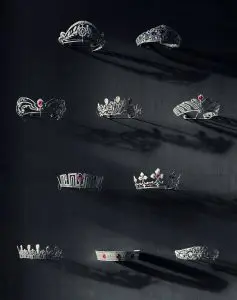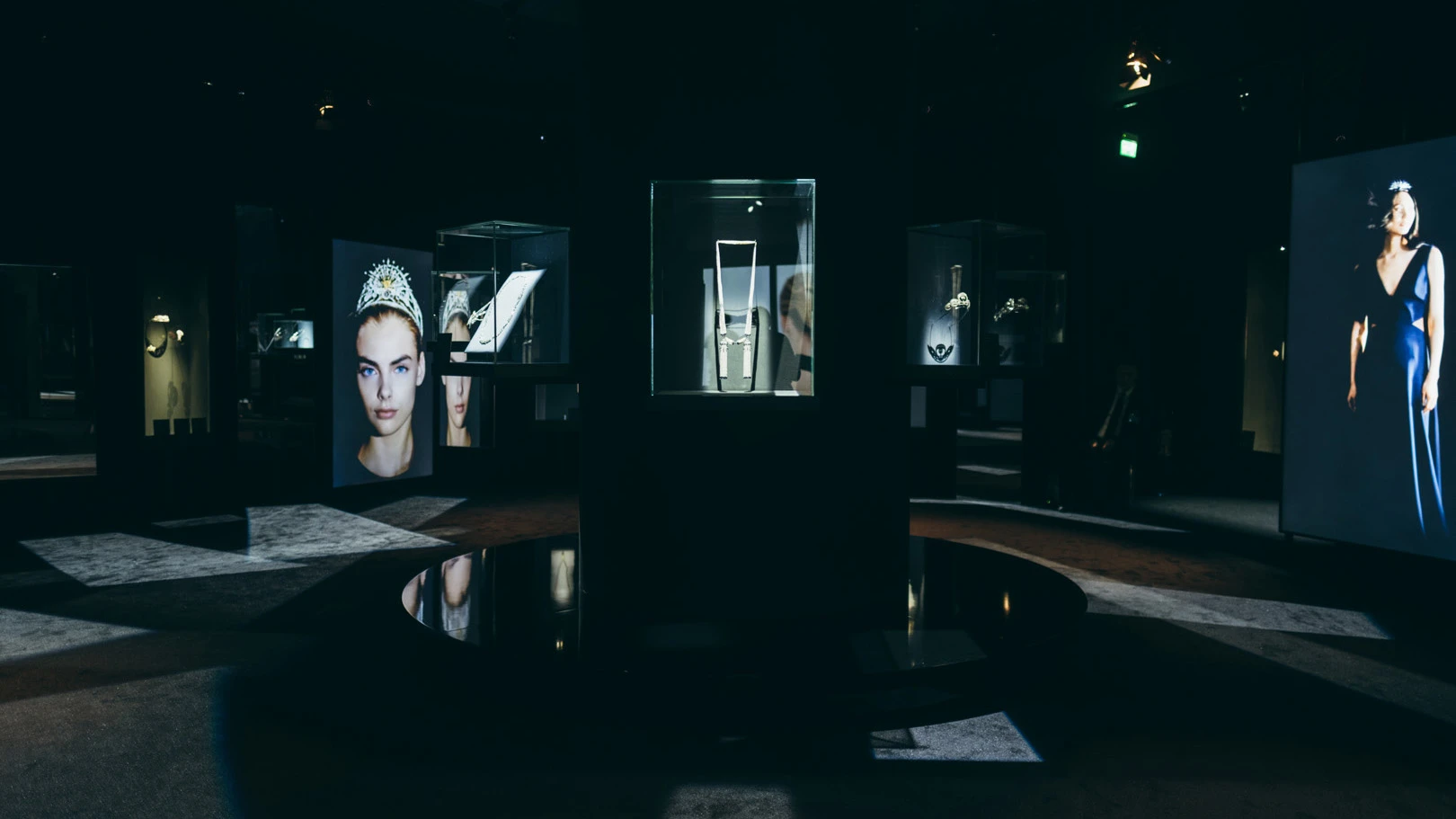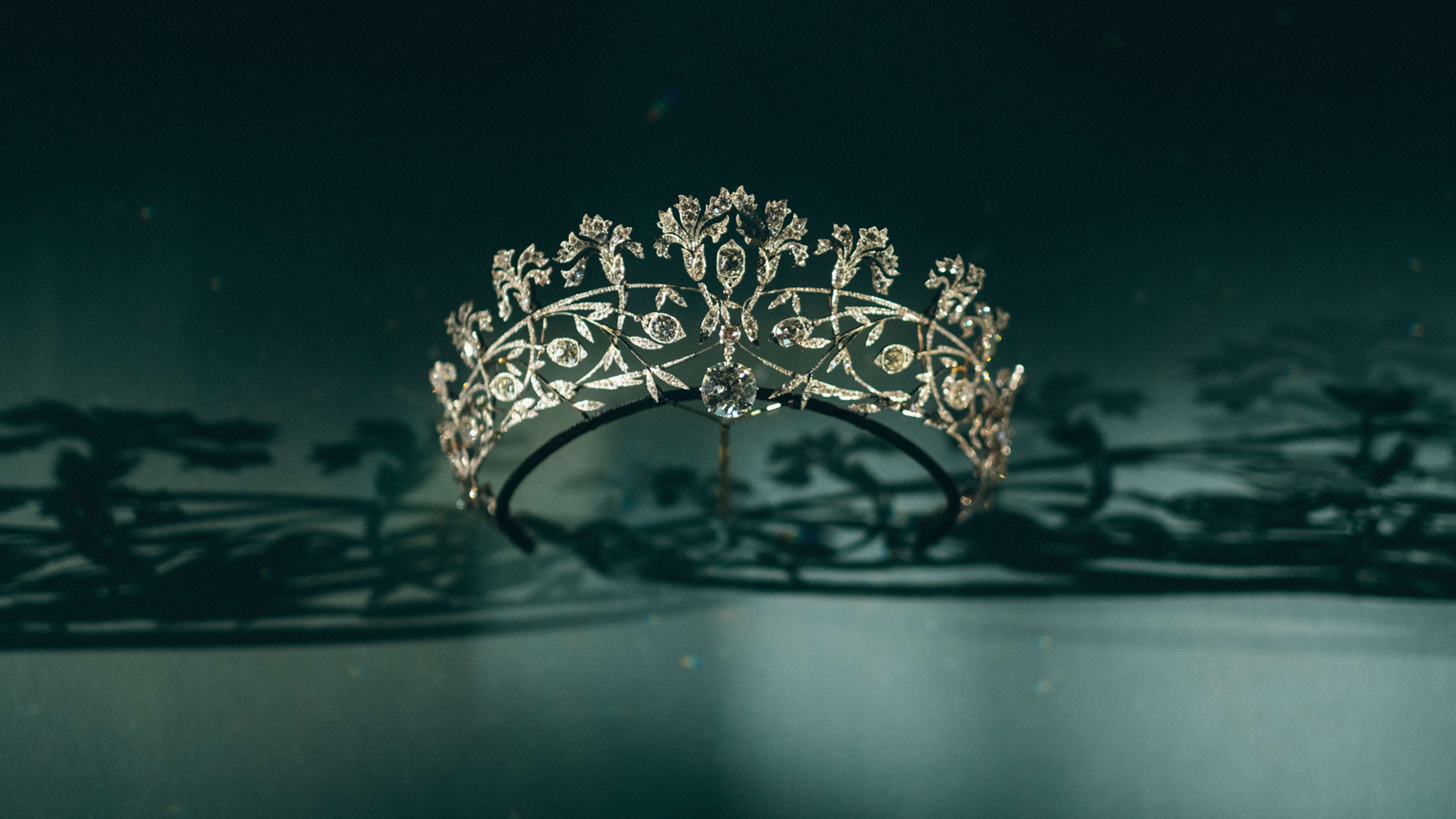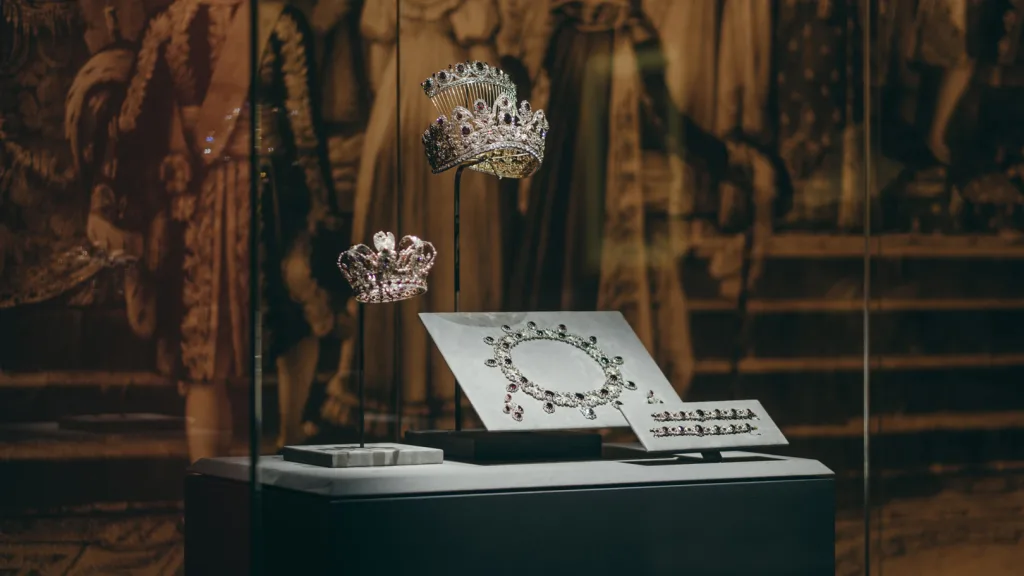For centuries, the tiara has been held in the highest esteem–as a marker of status, an ornate piece of jewelry, a beautiful design object. Royal families all over the world have inherited these precious adornments since antiquity, which were usually used to mark moments of great celebration and succession. In this sense, these objects have always been out of reach for normal people. But this summer, an exhibition centered on the history of tiaras is making them more accessible.

Chaumet, a luxury French jewelry house founded in 1780, is staging the exhibit, Chaumet in Majesty: Jewels of Sovereigns Since 1780, at the Grimaldi Forum in Monaco. This comprehensive history of the world’s most-coveted object begins with a piece the 235-year-old company created for Napoleon, Chaumet’s first royal client. The work he commissioned from Chaumet founder Marie-Etienne Nitot popularized the tiara as the ultimate symbol of power—an immediate signifier of his grandiosity and notable reign.
“Napoleon’s taste for jewelry was political,” the company writes. “He wanted to make France the centre for luxury and fashion design, as it was before the French Revolution.”

These tiaras, miniature marvels of architecture and delicate construction, are complete expressions unto themselves, but they were also designed to exist in pieces too. Many of them were intended to be broken apart and bequeathed to several siblings in an effort to truly “share the wealth” as part of succession.
In total, the showcase features 250 unique tiaras replete with scores of sovereign jewels–from garnets to white sapphires. Beyond tiaras, the show also features jeweled combs, drop earrings, and bracelets made of historic gems. There’s a blue-green malachite jewelry set, which highlights detailed cameo reliefs, owned by Empress Josephine—Napoleon’s first wife—circa 1810. And the exhibit also boasts a replica of a ruby and diamond parure (a set of matching jewelry, including a tiara, coronet, necklace, and more), worn during the 19th century by the Empress Marie-Louise, Napoleon’s second wife and Marie-Antoinette’s grand-niece. In Victorian England, tiaras often took center stage in wedding baskets, which were given to wealthy brides as a symbol of joined families and idealized beauty. The exhibition includes modern crowns too, designed post-2000. These updated objects were similarly created to represent ostentatious success, to be sure; but they are also a nod to the tiara’s shifting status as an object exclusively worn by royalty to one used by modern-day socialites, too.
The tiaras are on display through August 28, but you can explore the jeweler’s online exhibition here.
Recognize your brand’s excellence by applying to this year’s Brands That Matter Awards before the early-rate deadline, May 3.





























